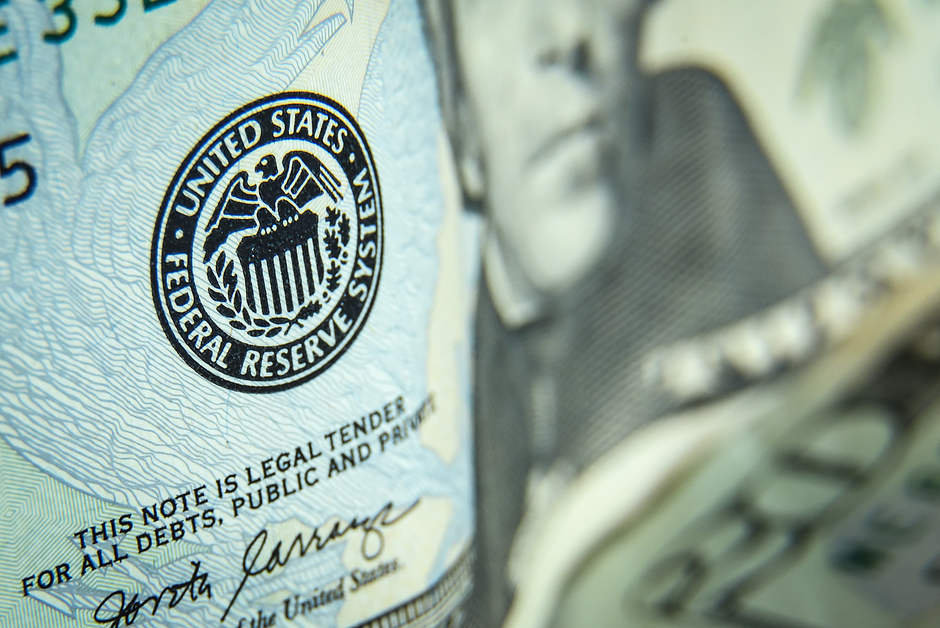Fed's Waller: Will support further cuts in 2025 but pace will depend on inflation progress

Federal Reserve Governor Christopher Waller said on Wednesday that he will support additional rate cuts in 2025 but the pace will depend on further inflation progress, per Reuters.
Key takeaways
"Inflation will continue to make progress towards 2%."
"Economy overall on solid footing, nothing to suggest labor market will weaken dramatically in coming months."
"Though recent inflation progress has been slow, much of that is due to imputed prices for housing and non-market services that are a less reliable guide to underlying price pressures."
"Base effects will improve inflation in 2025; more recent monthly and other shorter-term data also indicates improvement to come."
"Geopolitical conflicts and tariffs could be a source of renewed price pressure."
"Do not expect tariffs to produce persistent inflation and thus are not likely to influence views on appropriate monetary policy."
"Central bankers have a broad set of challenges ahead, from aging populations to geopolitical conflict and challenges to globalization."
Market reaction
The US Dollar Index showed no immediate reaction to these comments and was last seen gaining 0.4% on the day at 109.12.
Fed FAQs
Monetary policy in the US is shaped by the Federal Reserve (Fed). The Fed has two mandates: to achieve price stability and foster full employment. Its primary tool to achieve these goals is by adjusting interest rates. When prices are rising too quickly and inflation is above the Fed’s 2% target, it raises interest rates, increasing borrowing costs throughout the economy. This results in a stronger US Dollar (USD) as it makes the US a more attractive place for international investors to park their money. When inflation falls below 2% or the Unemployment Rate is too high, the Fed may lower interest rates to encourage borrowing, which weighs on the Greenback.
The Federal Reserve (Fed) holds eight policy meetings a year, where the Federal Open Market Committee (FOMC) assesses economic conditions and makes monetary policy decisions. The FOMC is attended by twelve Fed officials – the seven members of the Board of Governors, the president of the Federal Reserve Bank of New York, and four of the remaining eleven regional Reserve Bank presidents, who serve one-year terms on a rotating basis.
In extreme situations, the Federal Reserve may resort to a policy named Quantitative Easing (QE). QE is the process by which the Fed substantially increases the flow of credit in a stuck financial system. It is a non-standard policy measure used during crises or when inflation is extremely low. It was the Fed’s weapon of choice during the Great Financial Crisis in 2008. It involves the Fed printing more Dollars and using them to buy high grade bonds from financial institutions. QE usually weakens the US Dollar.
Quantitative tightening (QT) is the reverse process of QE, whereby the Federal Reserve stops buying bonds from financial institutions and does not reinvest the principal from the bonds it holds maturing, to purchase new bonds. It is usually positive for the value of the US Dollar.
Author

Eren Sengezer
FXStreet
As an economist at heart, Eren Sengezer specializes in the assessment of the short-term and long-term impacts of macroeconomic data, central bank policies and political developments on financial assets.

















